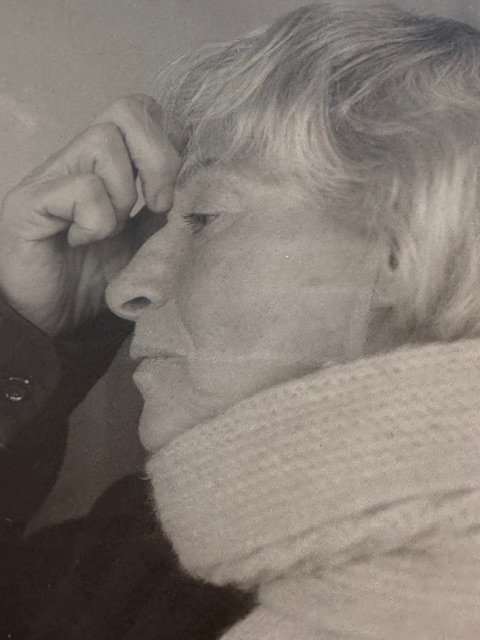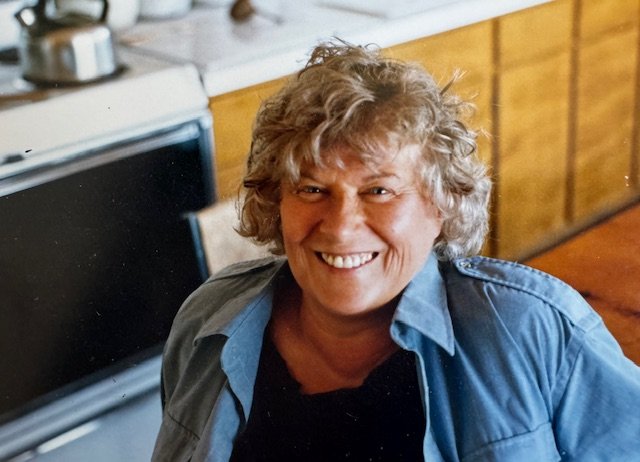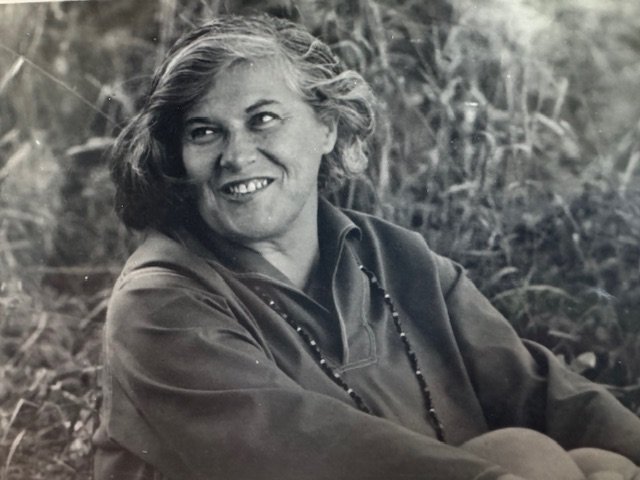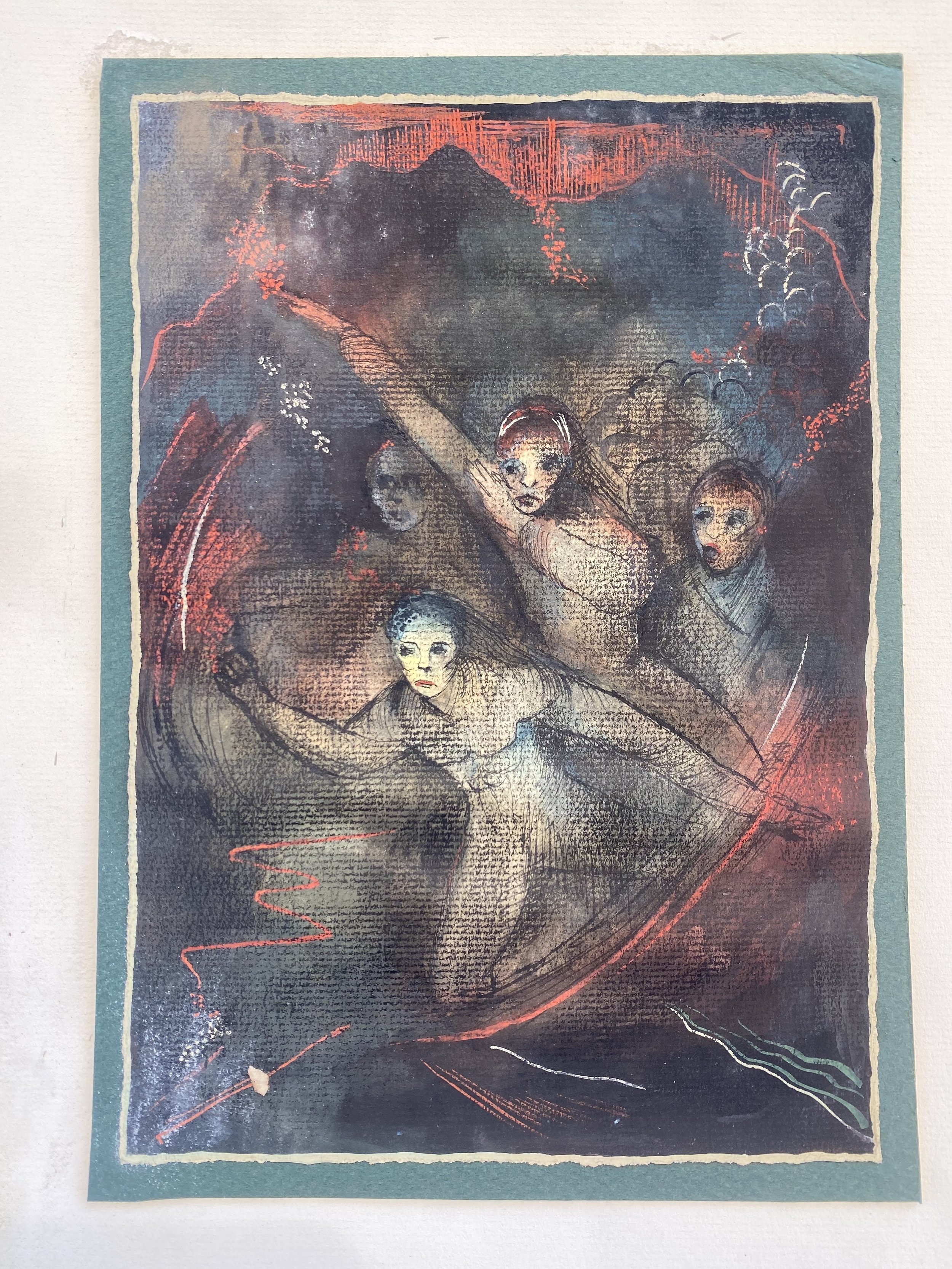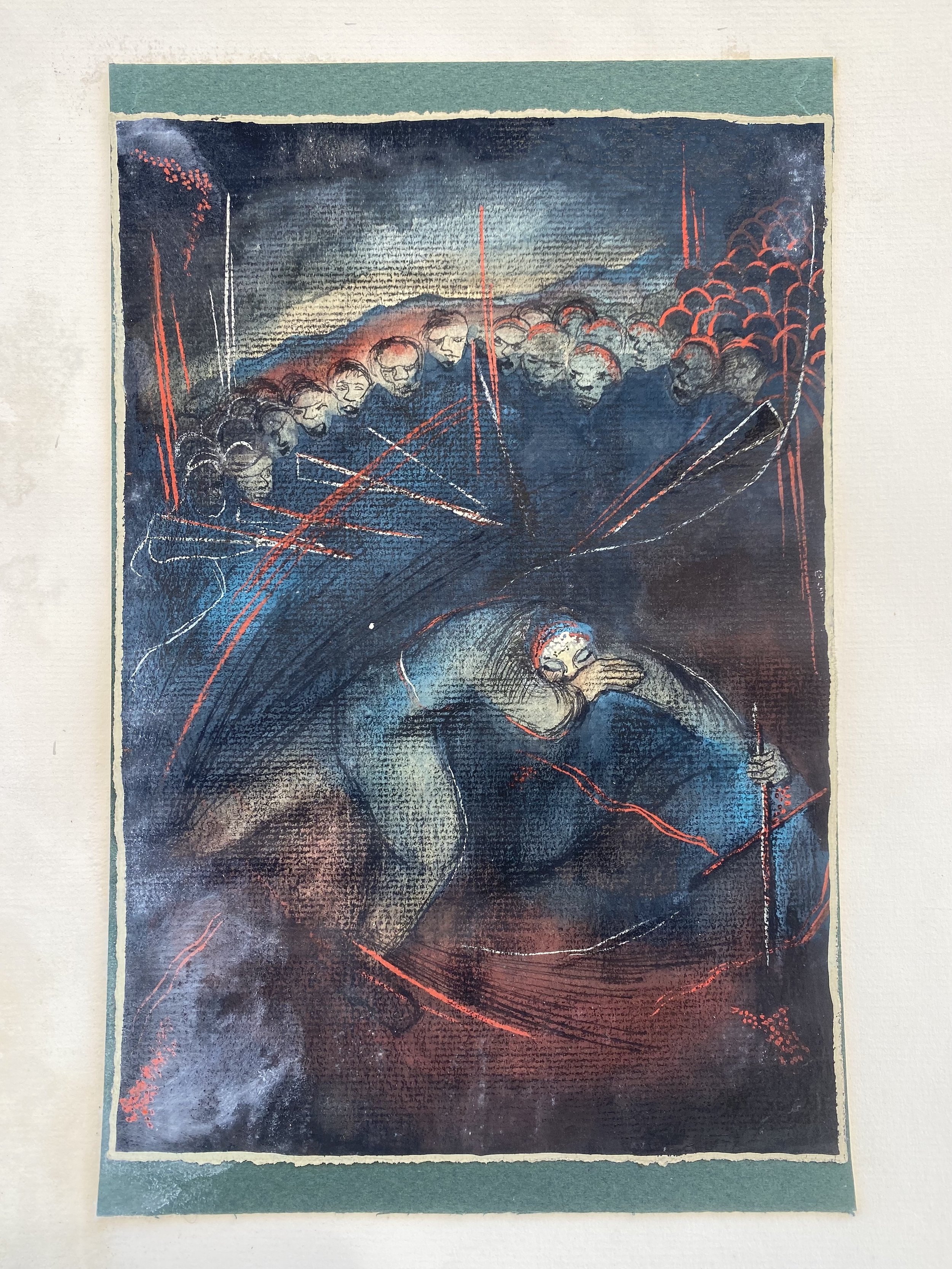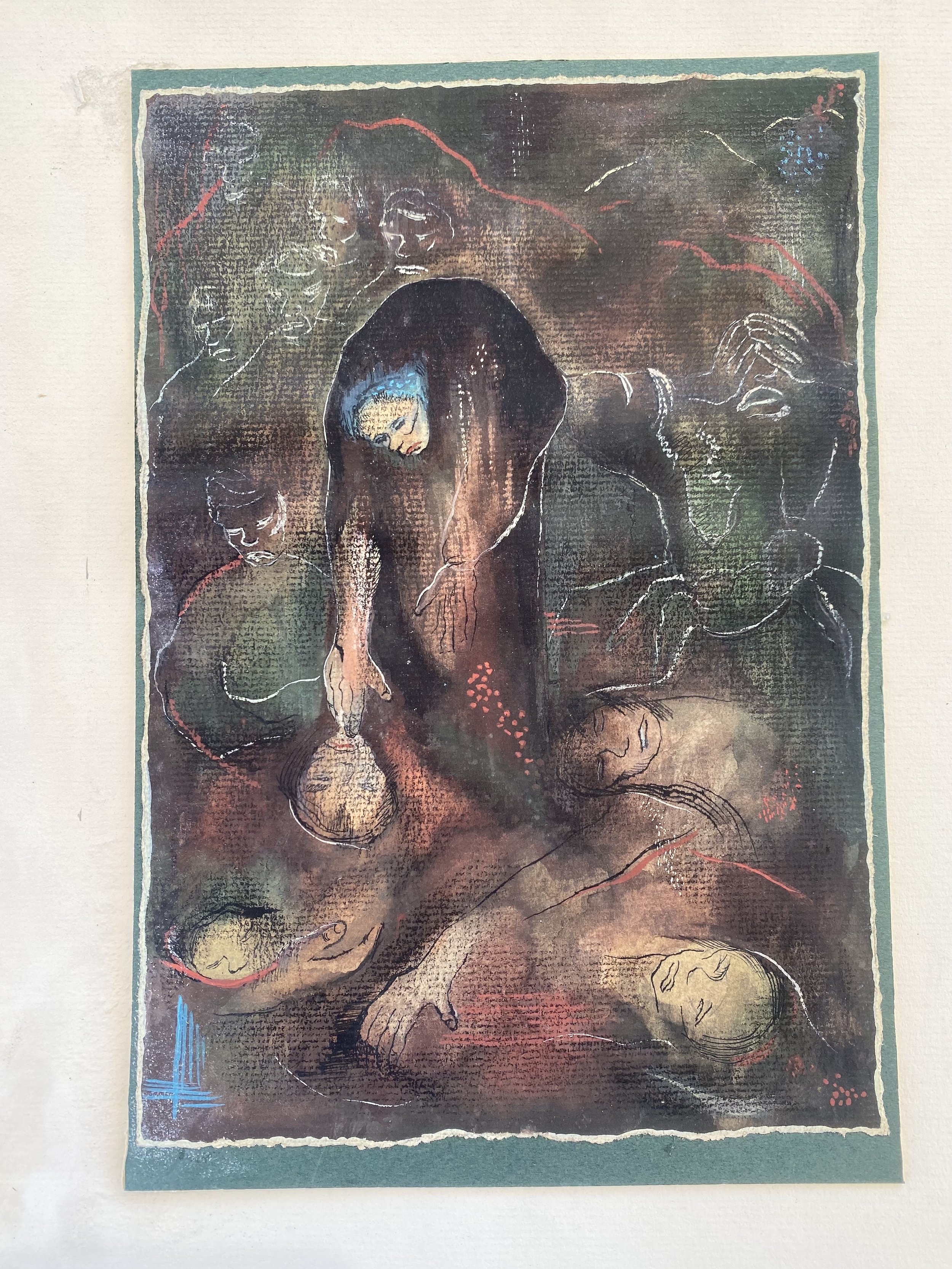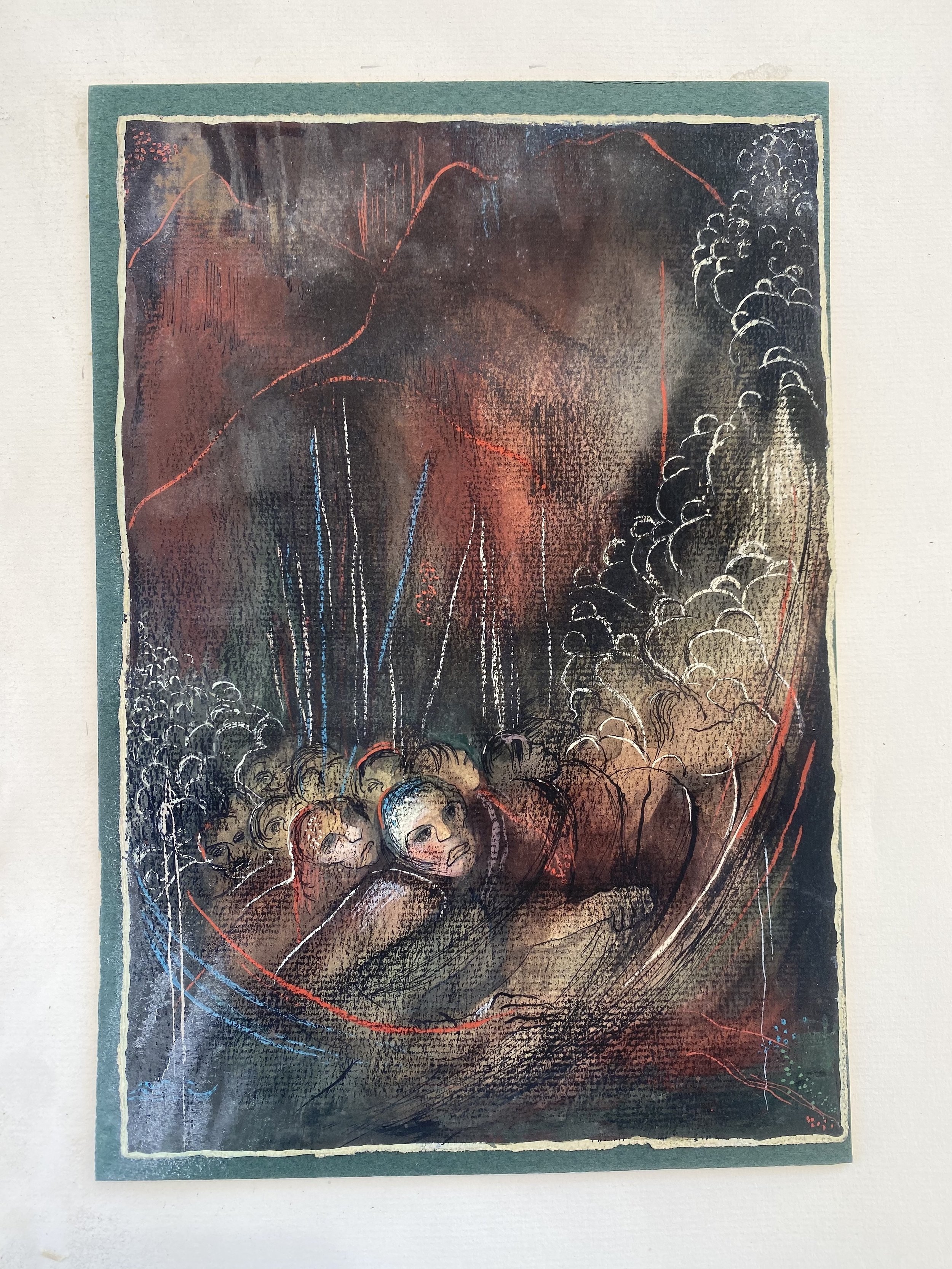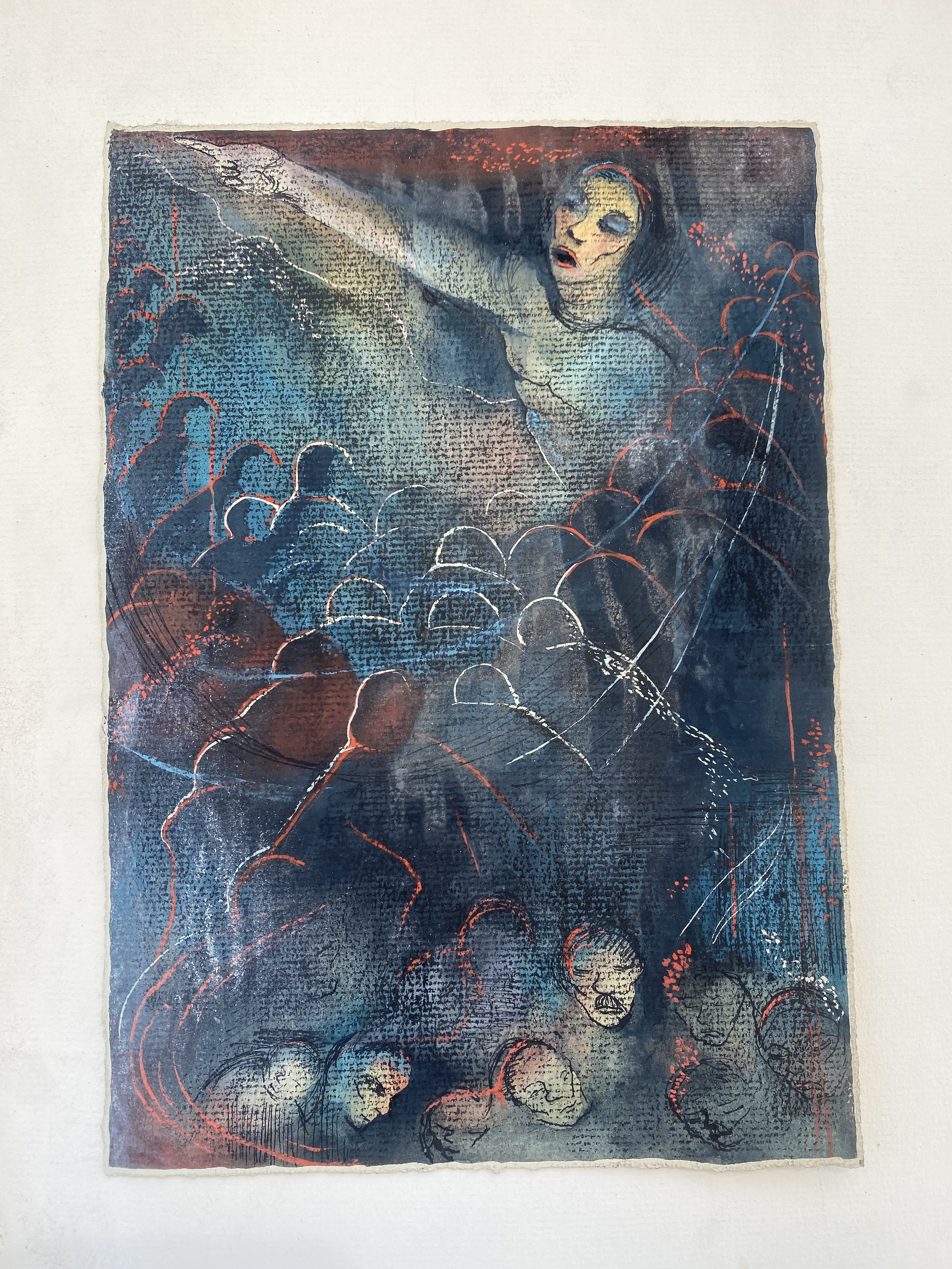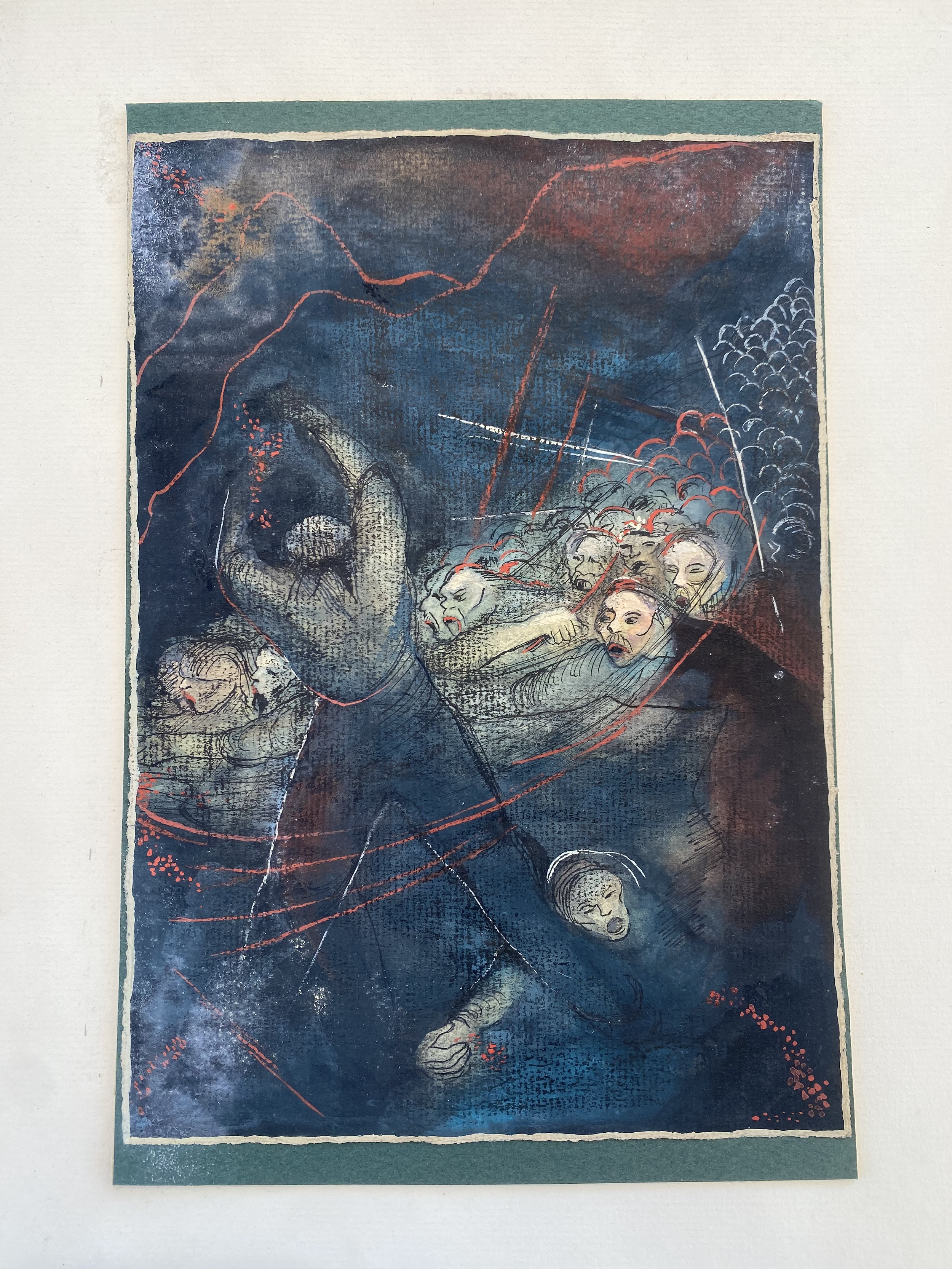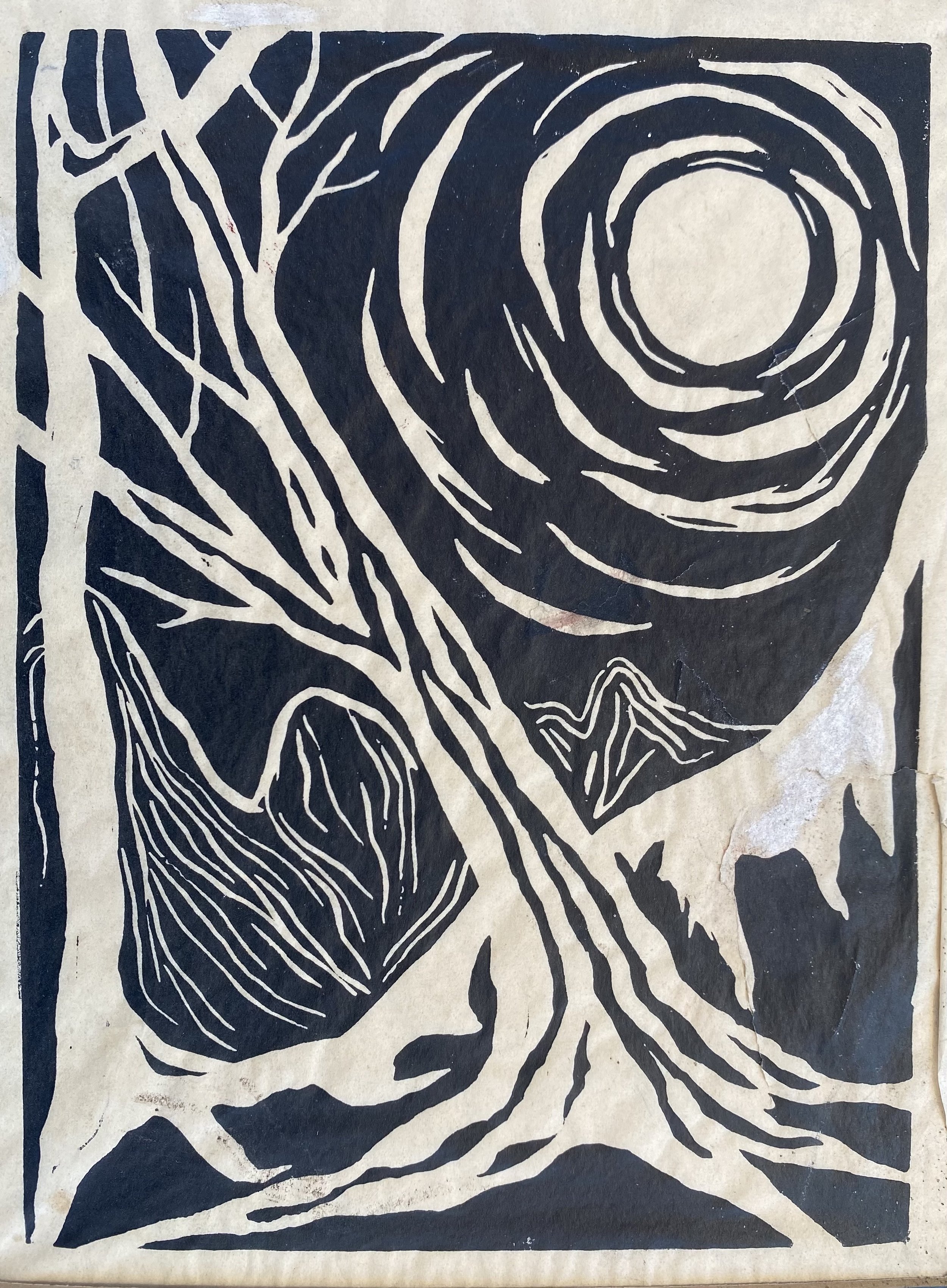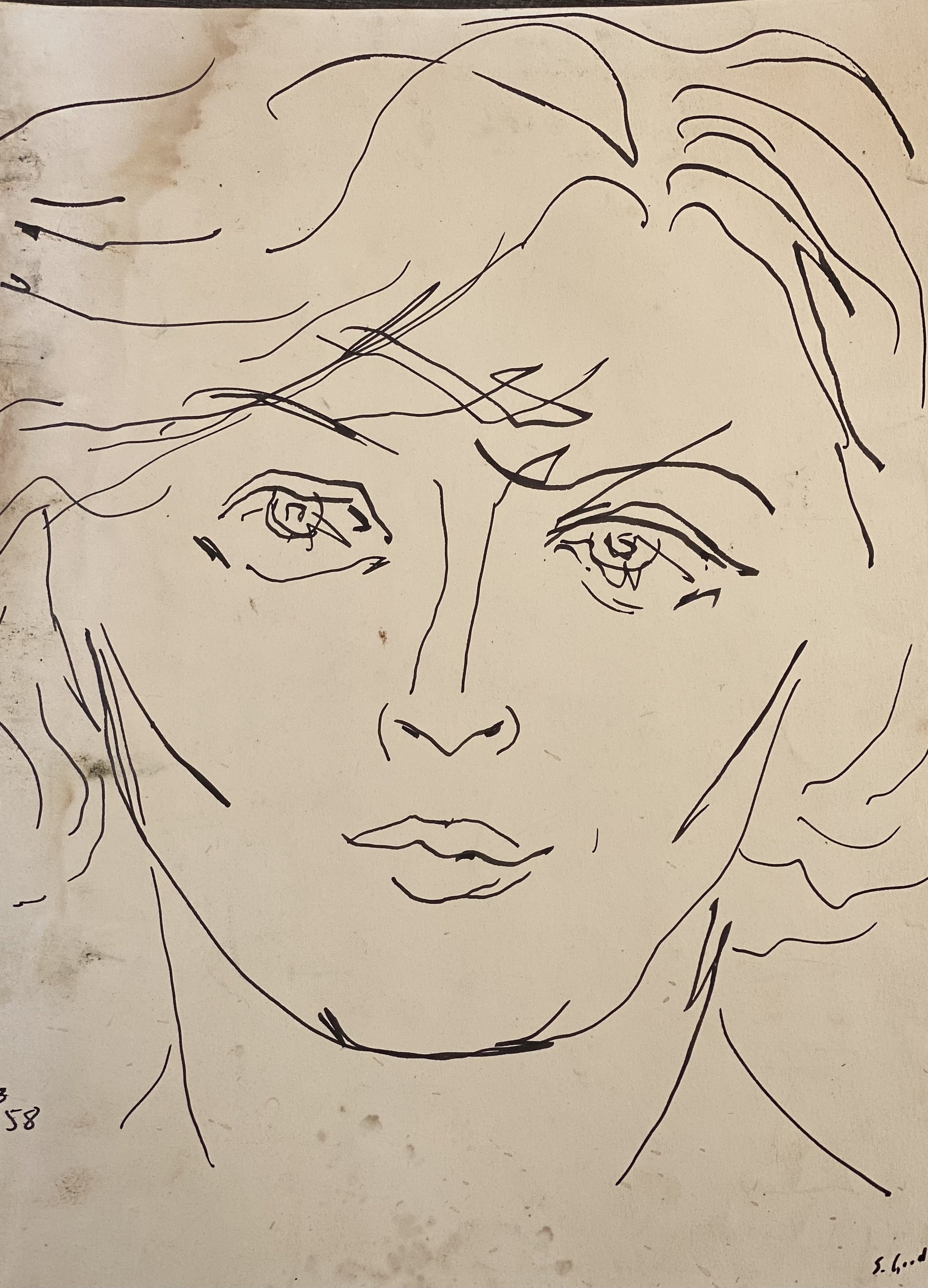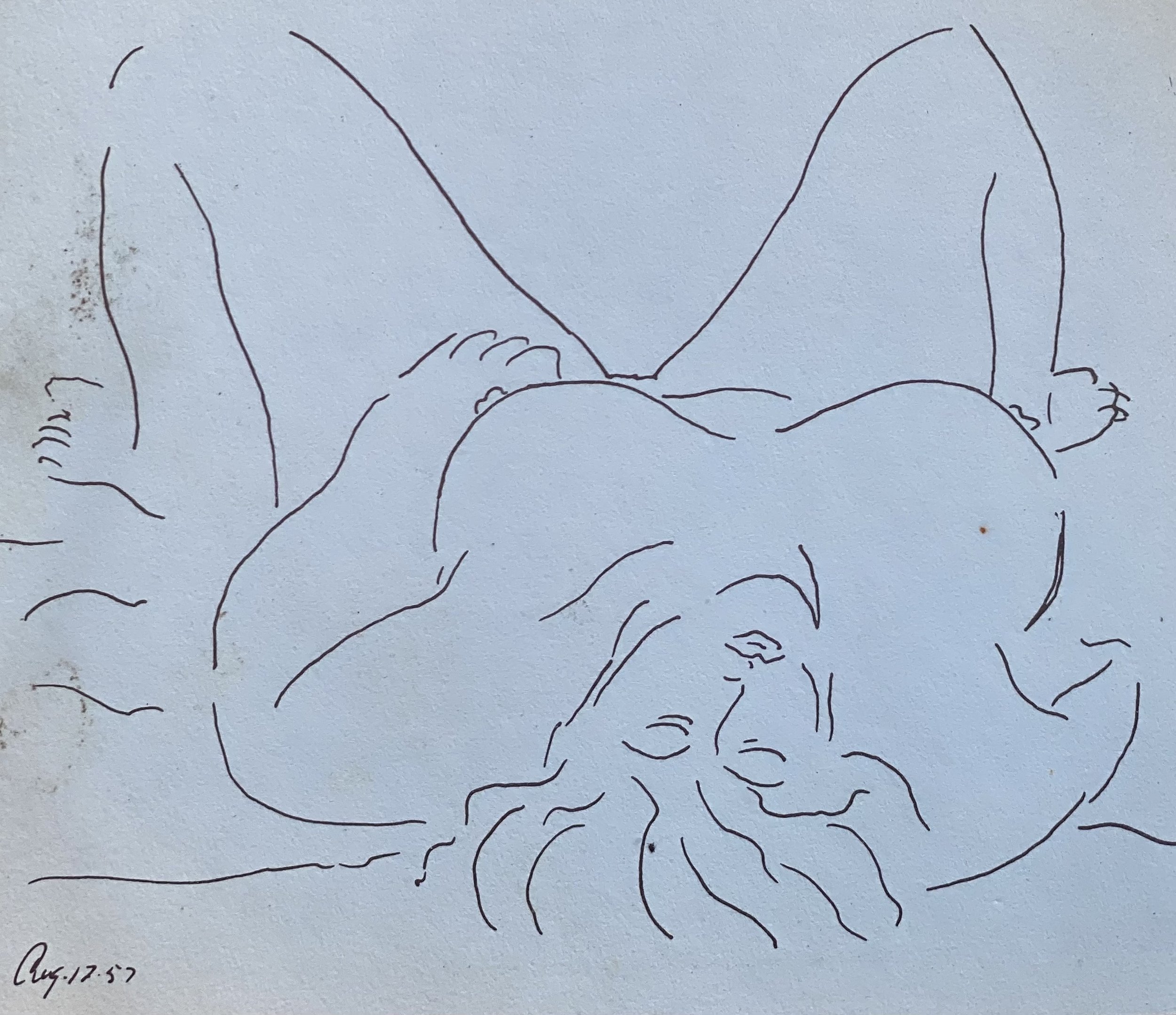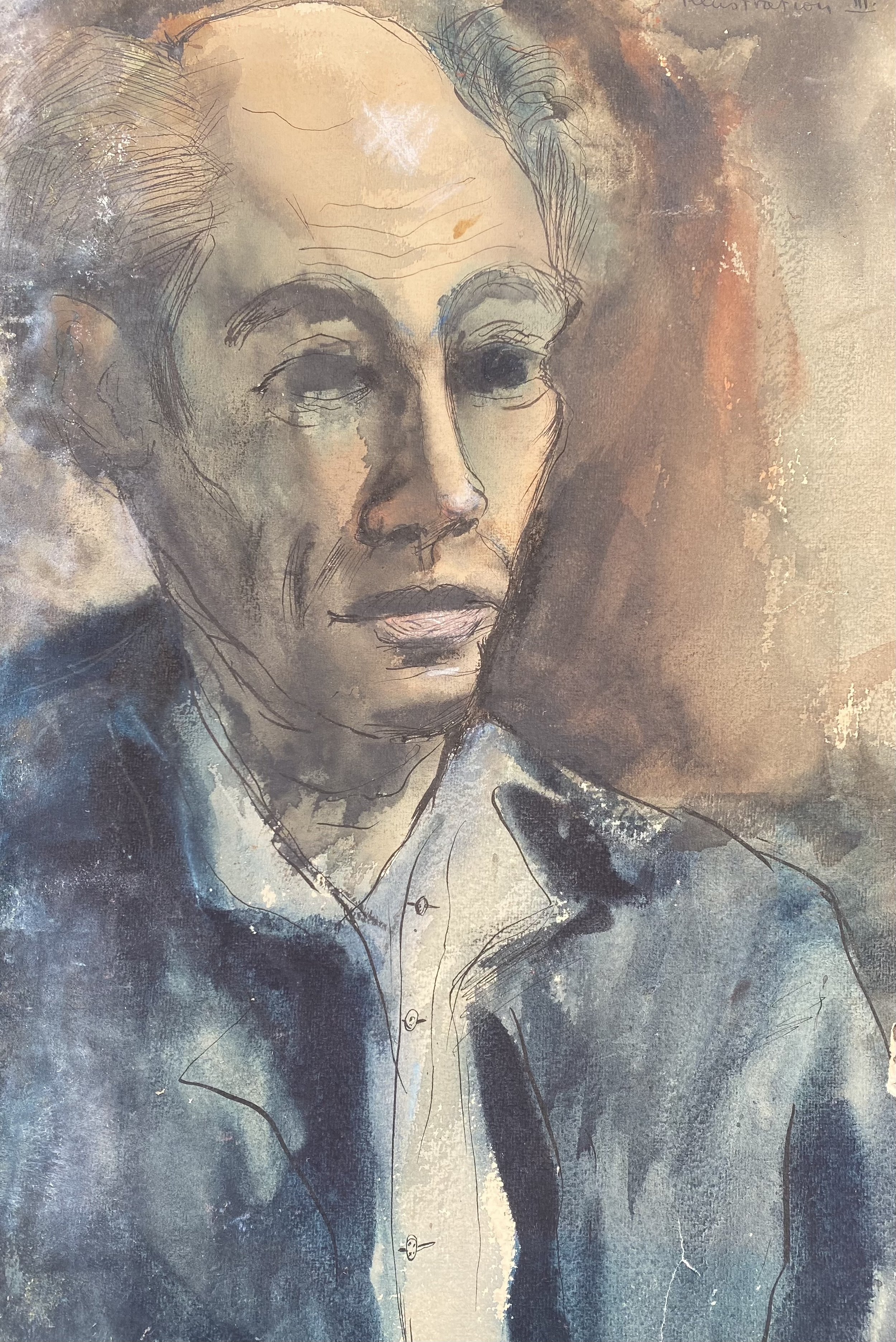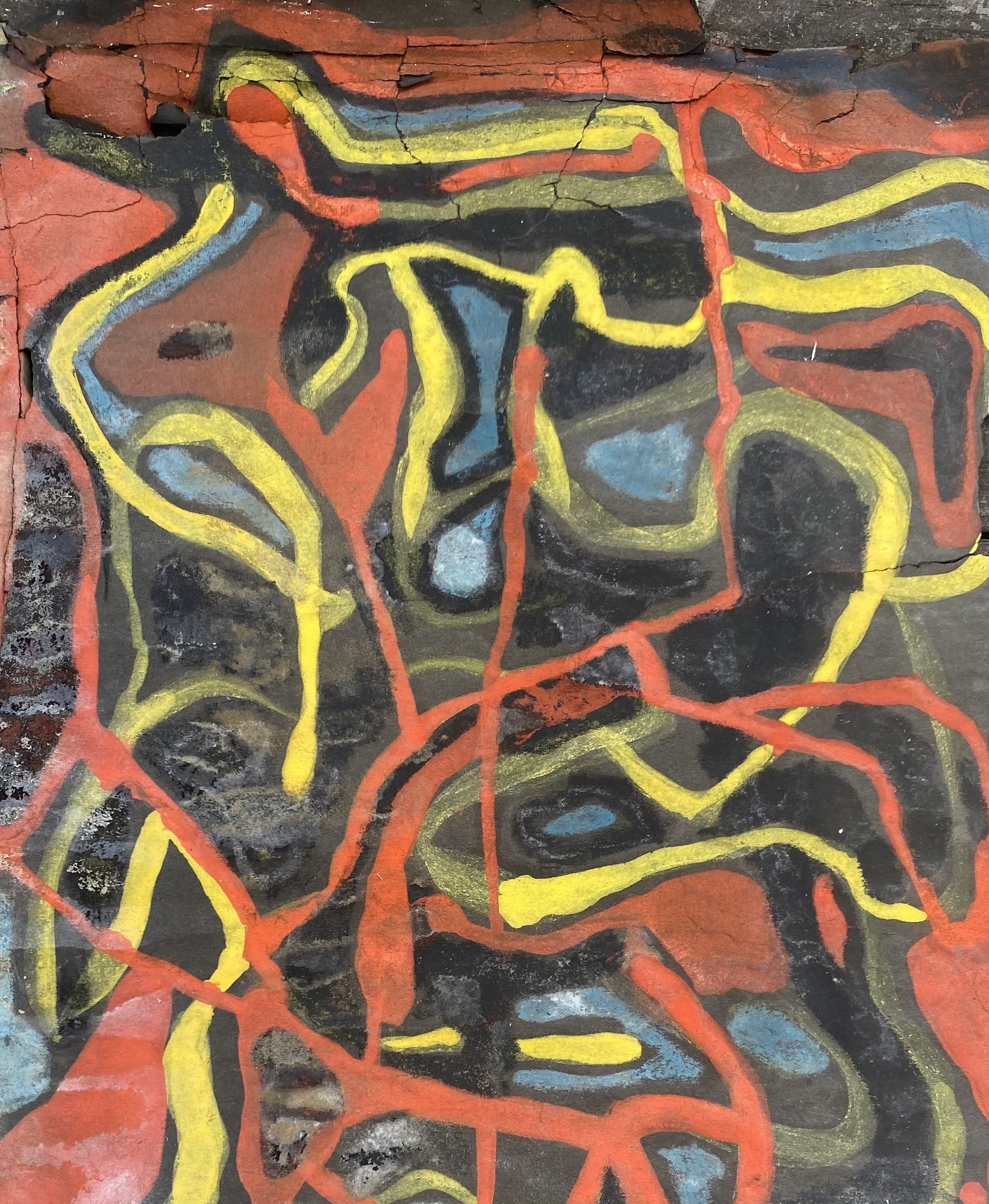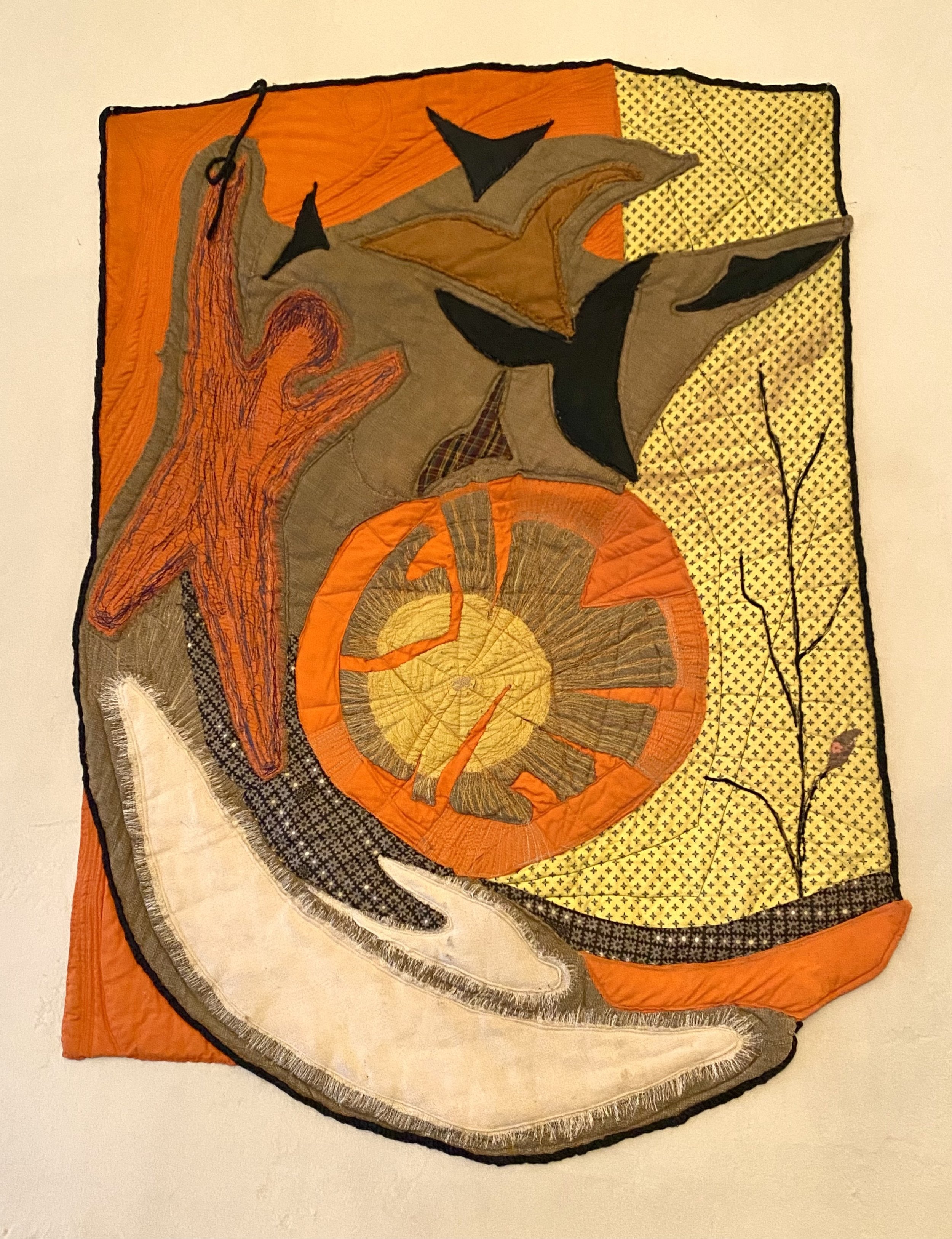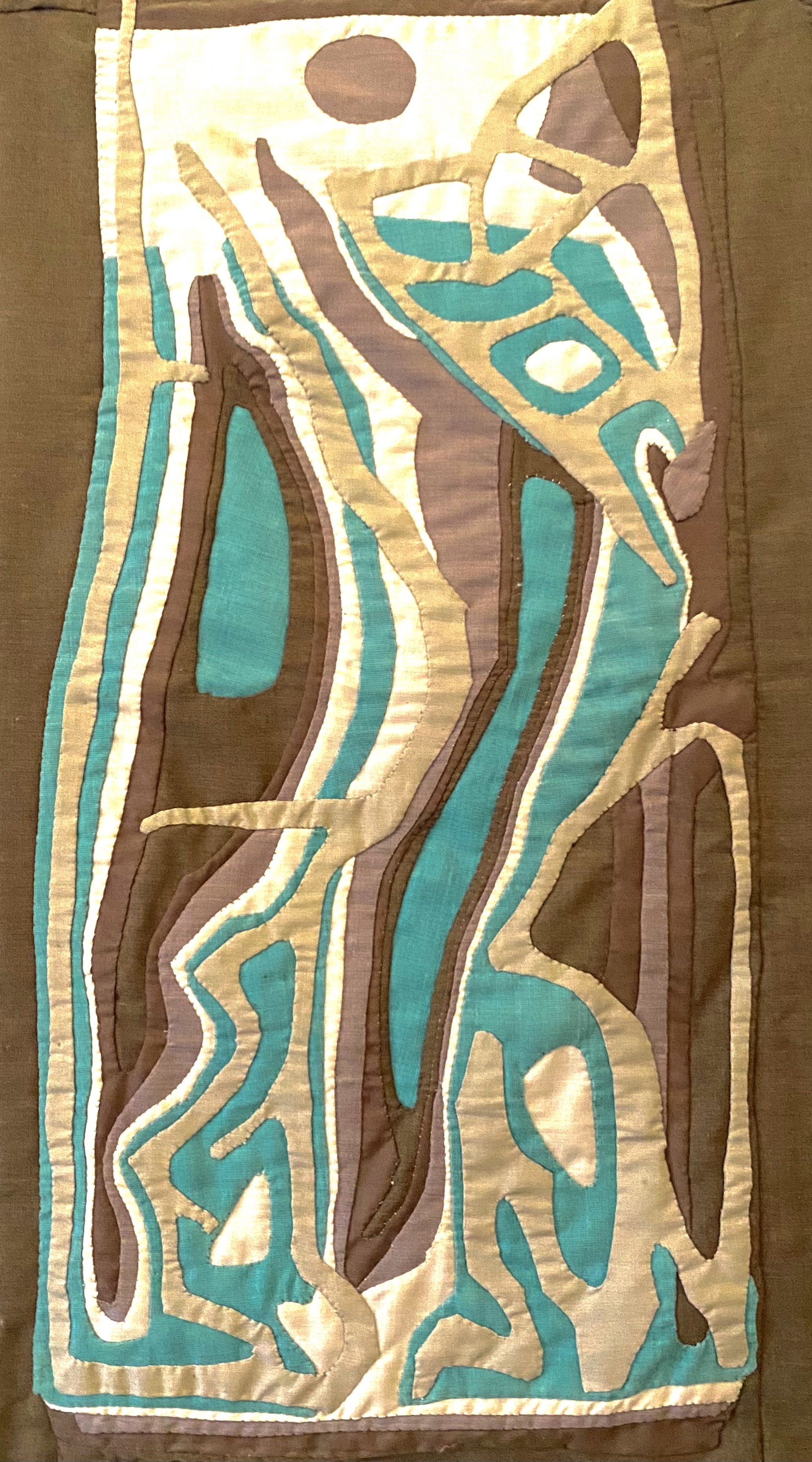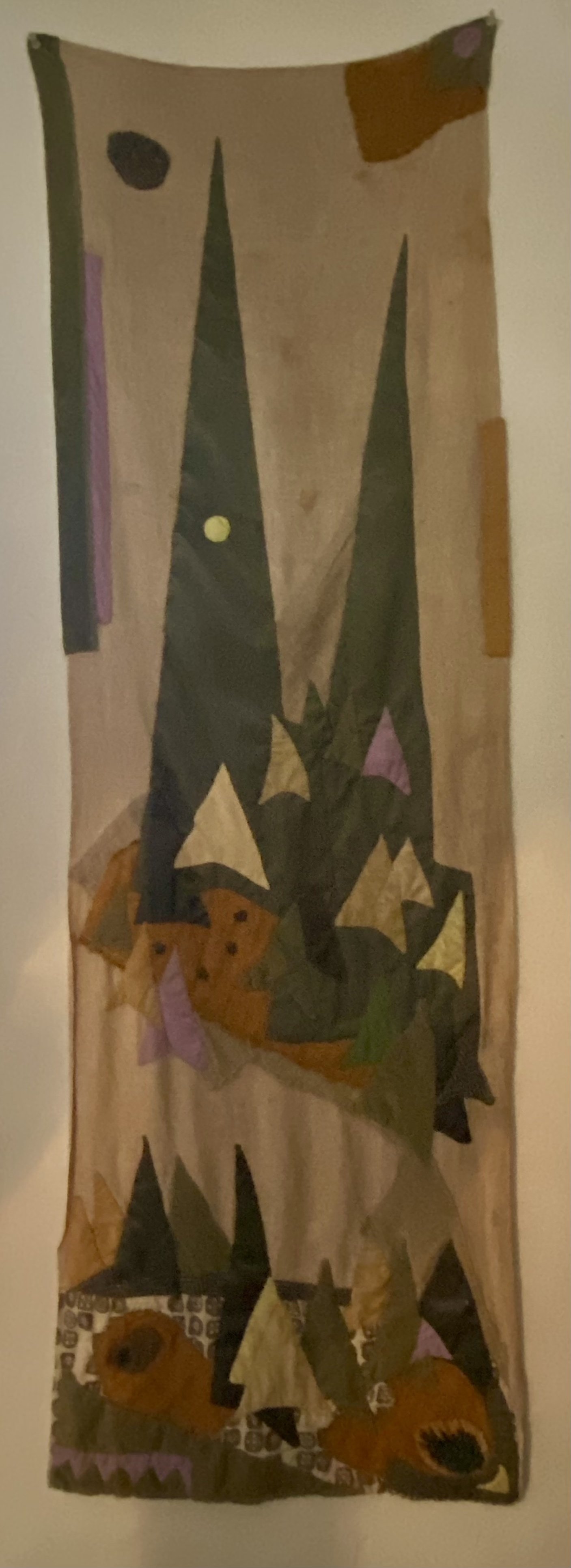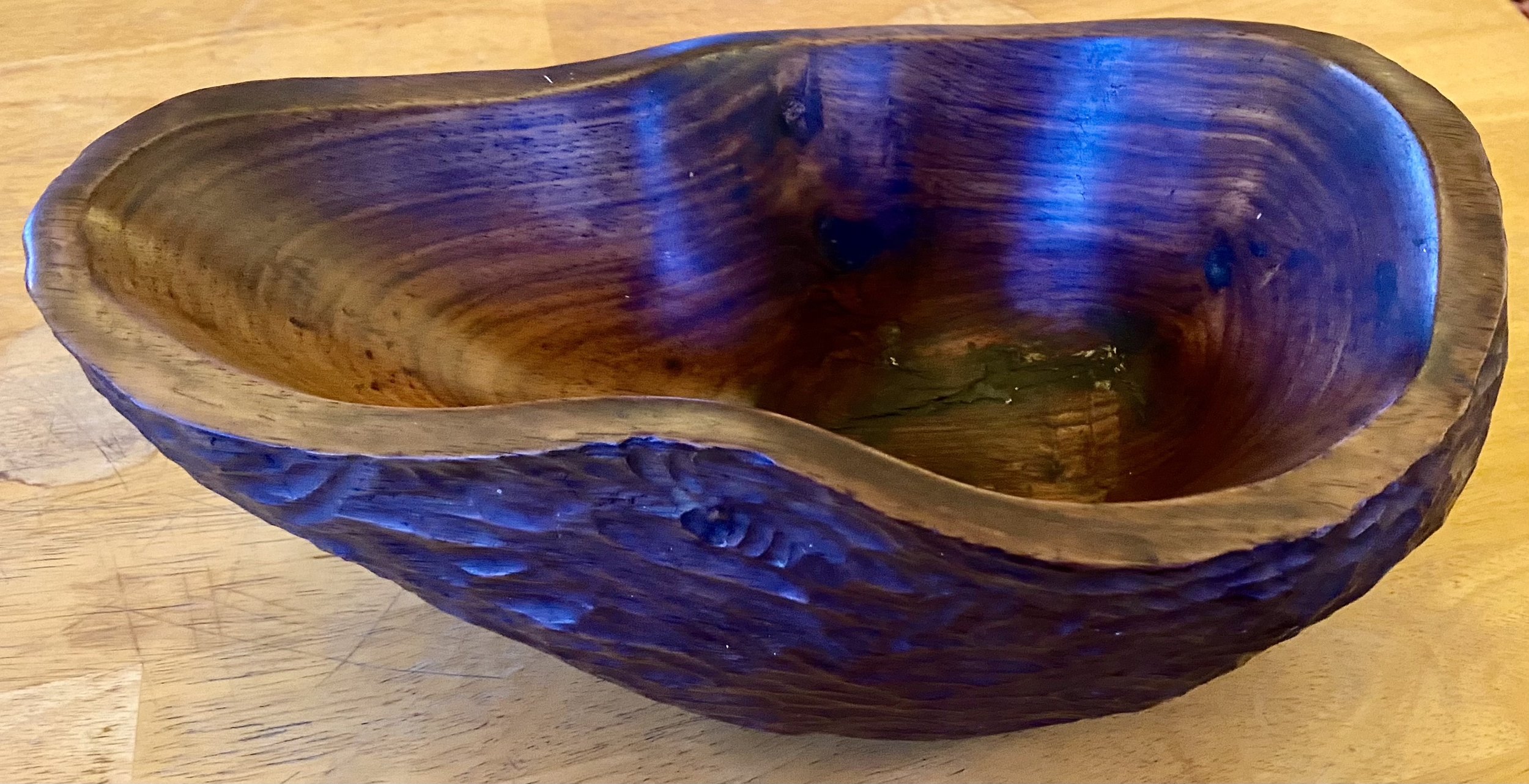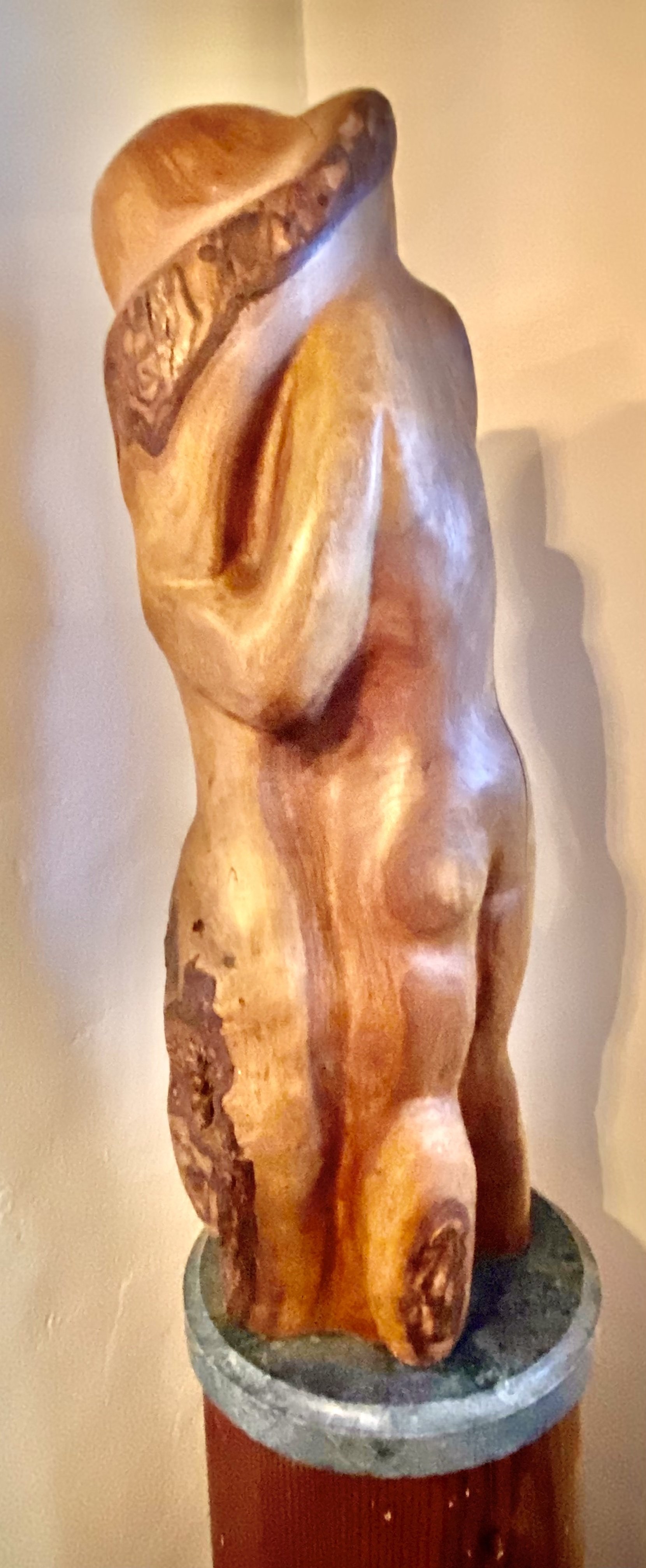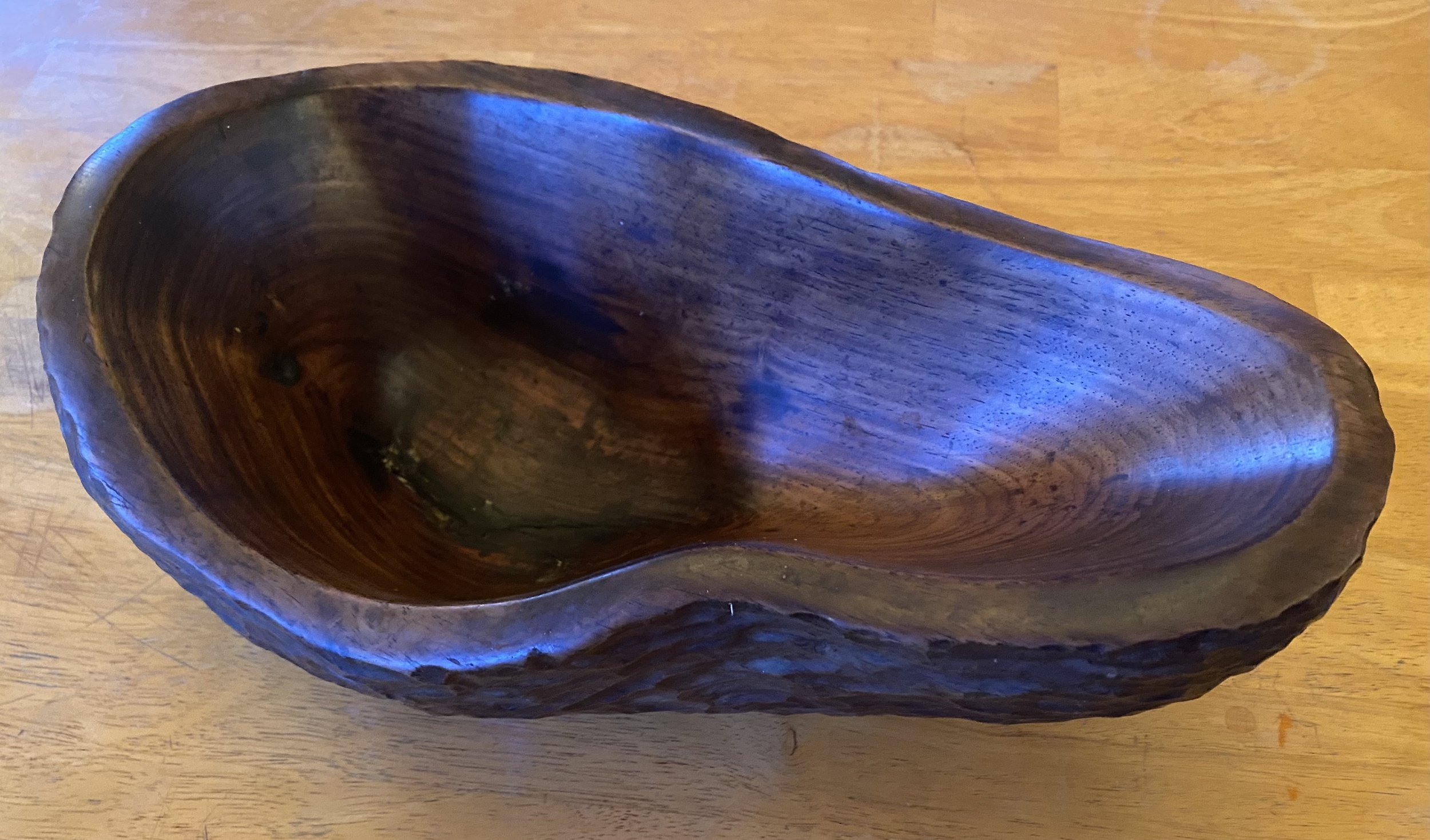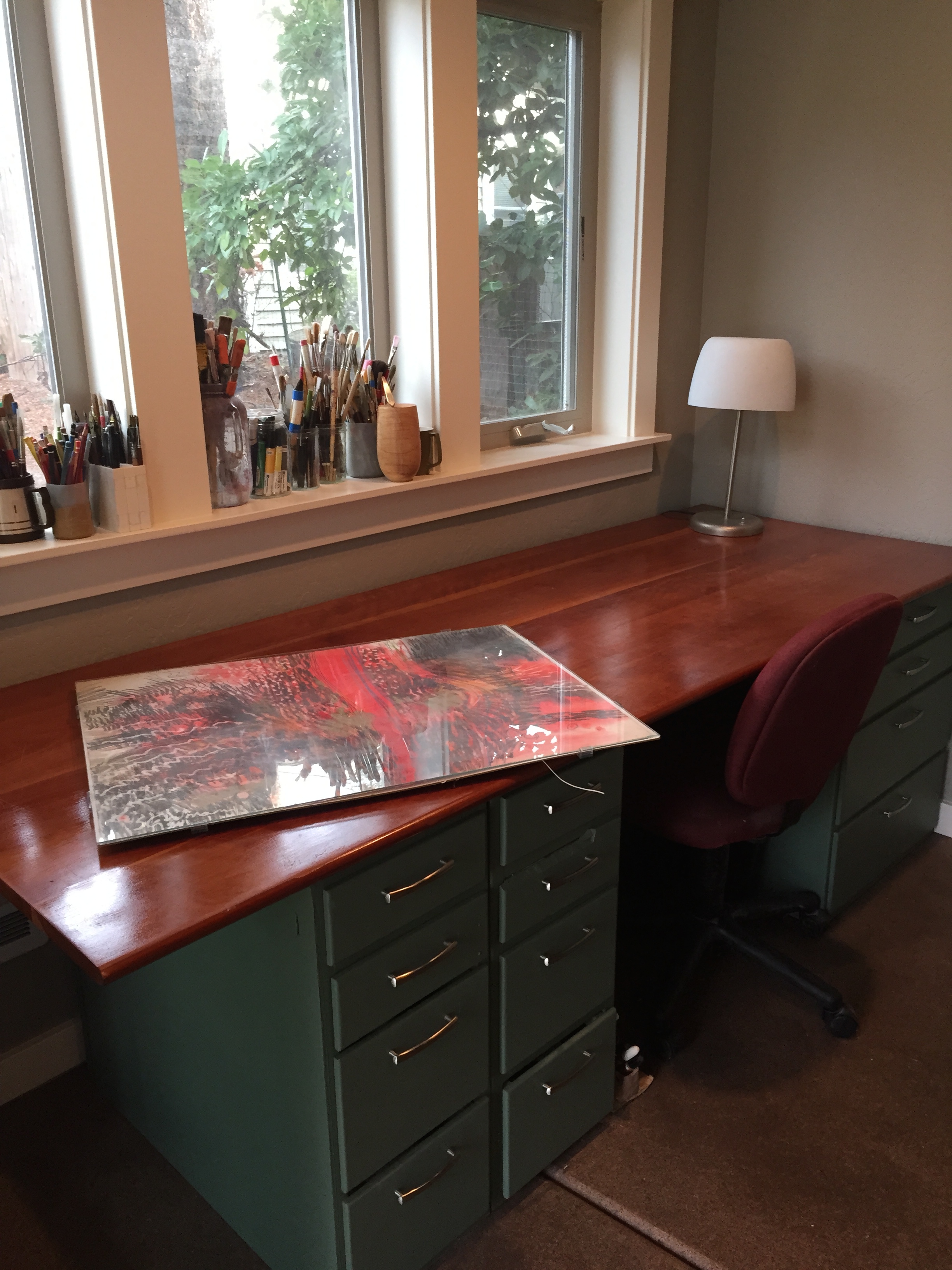


Legacy
Wild Sage Refuge Family History
Legacy
Wild Sage Refuge Family History
At least three generations of my family have worked at the intersections of art and somatic medicine. My maternal grandparents helped bring and forward the work of Wilhelm Reich in the U.S., with his foundational contributions to somatic psychology. My parents, Sandy and Sylvia Goodman, met through and practiced somatic therapeutic group work. In 1960, they moved their family west to Oregon from NYC and Woodstock’s Maverick Art Colony to pursue it.
My family arrived in Ashland, Oregon and build a cabin on 20 acres of land off Indian Memorial Highway, where they ran the Cabin School of Creative Expression for many years. Eventually the separated, moved into town, and pursued their independent work as therapists and artists.
Sylvia (Tropp) Goodman Archives
About Sylvia (Suzan’s mother)
Sylvia (Tropp) Goodman (1922-1990) was born in NYC to Angelica Ward Doubleday (English Episcopalian) and Simeon Tropp (Russian Jewish). As neither family approved of their interfaith marriage, the family moved to Vienna, Austria where she spent years 5-15, and where her father studied medicine and was strongly influenced by the character work of Sigmund Freud and Wilhelm Reich. The family had to leave Vienna shortly after Austria fell to the Nazi movement before the beginning of WW II. Back in NYC, Sylvia received a BFA from Pratt Institute, and her early work life focused on illustration and expressive movement. Her father, Simeon Tropp MD became a medical orgone therapist under Wilhelm Reich (credited by many as the father of somatic therapies), and her parents became his principal financial backers during Reich’s years in America.Through years of study and influence by teachers including her father, Reich, and Fritz Perls, Sylvia developed her own therapeutic approach with clients. She moved to Ashland, OR in 1961 with her second husband, Sandy Goodman, and they ran expressive therapy groups together for many years until they separated. She spent her 50s and 60s running groups, long classes, and workshops in Ashland, on both coasts, and back in Europe. She was survived by 3 children (Michael, Josh, and Suzan).
Illustrations, Drawings, & Woodcuts
Fabric Art
Sculptural Art

Sandy Goodman Archives
Available for sale or viewing at
Wild Sage Refuge
Sandy Goodman Archives
Available for sale or viewing at
Wild Sage Refuge
About Sandy Goodman (Suzan’s father)
Sandy (Sanford) Goodman (1918-2012) was born in Baltimore, MD to a family of Russian and Lithuanian Jewish decent. He identified as an artist at the early age of 11, and studied art and literature at Saint Johns College. He spent years of service during WW II in England and North Africa. After his return, he pursued art and therapy. He began as a sculptor in New York, studying and then teaching at the Art Students’ League with William Zorach and Jose de Creeft. Close comrades included James Baldwin, Joseph Campbell, and Phillip Guston during a productive two decades in Greenwich Village and the Maverick Art Colony in Woodstock, during which he received awards at a number of juried exhibitions.
In 1960, he left New York as part of the Exodus Group and resettled with his wife and two young children outside of Ashland, Oregon in a log cabin they built in the Cascade Mountains. He began lecturing at the local university, but students preferred to come to the cabin for lessons. The cabin came to be known as the Cabin School of Creative Expression. In 1974, after separating from Sylvia, he moved into town at his children’s request. There he lived, created art, and saw clients for 40 years until he passed in 2012. His daughter is happy to open the space again for the intentions of art, creativity, and inner retreat.
“ All the while I was sculpting, I drew. You look at a few drawings and you know everything about a person. There were many works I loved: Klee when his nerves scratched, Van Gogh in the flat anguish of his line, and Cezanne so tormented by breathlessness and caution at his best. Slowly it became clear that the only problem of the artist, as indeed of anyone else, is simply to be freshly and deeply accessible to life as it moves in and around them. Everything else follows.”




